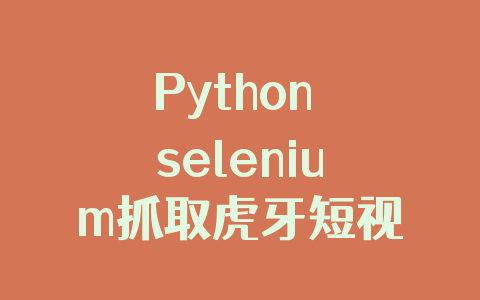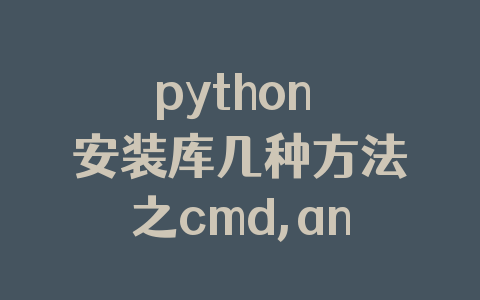说明
同学的代码中遇到一个数学公式牵扯到将生成指定的数字存储的一个列表中,那个熊孩子忽然懵逼的不会啦,,,给了博主一个表现的机会,,,哈哈哈好嘛,虽然很简单但还是记录一下吧,,,嘿嘿
一 代码
# coding=utf-8 \"\"\" @author: jiajiknag 程序功能: \"\"\" # 方法一 lifts = [] for n in range(1,13): # lift = 1 +6 * np.sin(np.pi * n/12) lift = 1 + n/12 lifts.append(lift) print(lifts) # 方法二 print(\"------------------------------------\") squares = [1 +i/12 for i in range(1,5)] print(squares)
二 结果
好嘛,,,有没有很神奇的节奏!
补充知识:Python 通过range初始化list set 等
啥也不说了,还是直接看代码吧!
\"\"\"
01:range()函数调查
02:通过help()函数调查range()函数功能
03:Python中的转义字符
04:使用start、step、stop的方式尝试初始化list、tuple、set等
05:使用len()获取list、set、tuple的长度
\"\"\"
help(range)
tempRange = range(1,100,2)
print(\"type(tempRange): \" + str(type(tempRange)))
print(\"tempRange: \" + str(tempRange))
tempStr = \"\"
for i in range(5): # 注意 输出0到4,包括0和4但不包括5.
tempStr += (\" \" + str(i) + \" \")
print(\"for i in range(5) \" + tempStr) #for i in range(5) 0 1 2 3 4
tempStr = \"\"
for i in range(20,0,-2):
tempStr += (\" \" + str(i) + \" \")
# 注意看输出不包括0
print(\"for i in range(20,0,-2) \" + tempStr)
\"\"\"
for i in range(20,0,-2) 20 18 16 14 12 10 8 6 4 2
\"\"\"
tempStr = \"\"
for i in [1,2,3]:
tempStr += (\" \" + str(i) + \" \")
# for i in [1,2,3] 1 2 3
print(\"for i in [1,2,3] \" + tempStr)
tempStr = \"\"
for i in \"Hello world!\":
tempStr += (\" \" + str(i) + \" \")
# for i in \"Hello world!\" H e l l o w o r l d !
print(\"for i in \\\"Hello world!\\\" \" + tempStr)
print(list(range(5,10))) # 默认步长1,输出:[5, 6, 7, 8, 9]不包括10
print(list(range(0,10,2))) #输出:[0, 2, 4, 6, 8]
print(list(range(10,0,2))) #输出:[]
print(list(range(10,0,-2))) #输出:[10, 8, 6, 4, 2]
# 尝试使用start、step、stop的方式尝试初始化list、tuple、set等
# print(list(1,9,1)) # TypeError: list() takes at most 1 argument (3 given)
# print(set(1,9,1)) # TypeError: set expected at most 1 arguments, got 3
# print(tuple(1,9,1)) # TypeError: tuple() takes at most 1 argument (3 given)
tempList = list(range(0,10,1));
print(\"list(range(0,10,1)): \" + str(tempList))
tempSet = set(range(0,10,1))
print(\"list(set(0,10,1)): \" + str(tempSet))
tempTuple = tuple(range(0,10,1))
print(\"list(tuple(0,10,1)): \" + str(tempTuple))
tempDic = {\"num\":1}
print(\"len(list) :\" + str(len(tempList))) # len(list) :10
print(\"len(set) :\" + str(len(tempSet))) # len(set) :10
print(\"len(tuple) :\" + str(len(tempTuple))) # len(tuple) :10
print(\"len(dic) :\" + str(len(tempDic))) # len(dic) :1
# list.append [0, 1, 2, 3, 4, 5, 6, 7, 8, 9, \'b\']
tempList.append(\'b\')
print(\"list.append \" + str(tempList))
# set.add {0, 1, 2, 3, 4, 5, 6, 7, 8, 9, \'a\'}
tempSet.add(\'a\')
print(\"set.add \" + str(tempSet))
以上这篇python实现将range()函数生成的数字存储在一个列表中就是小编分享给大家的全部内容了,希望能给大家一个参考,也希望大家多多支持自学编程网。














